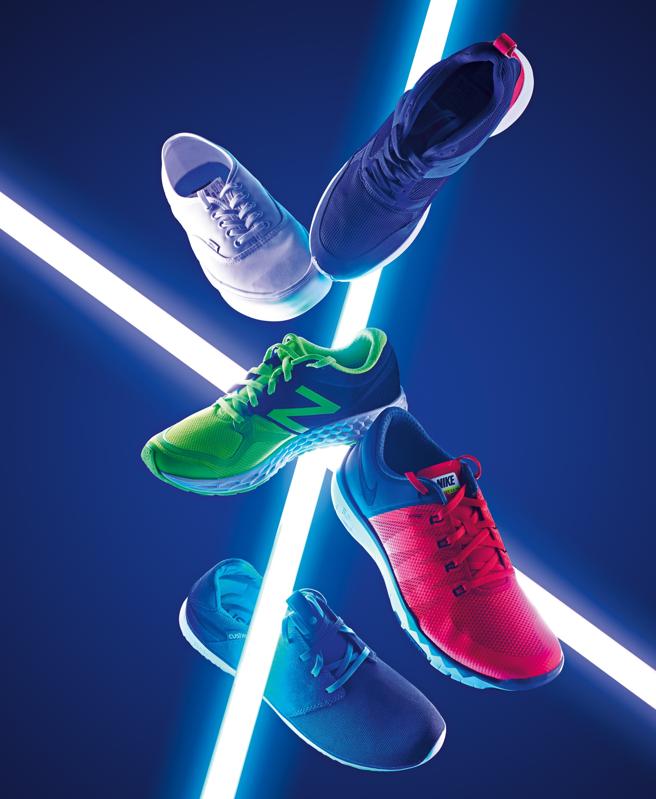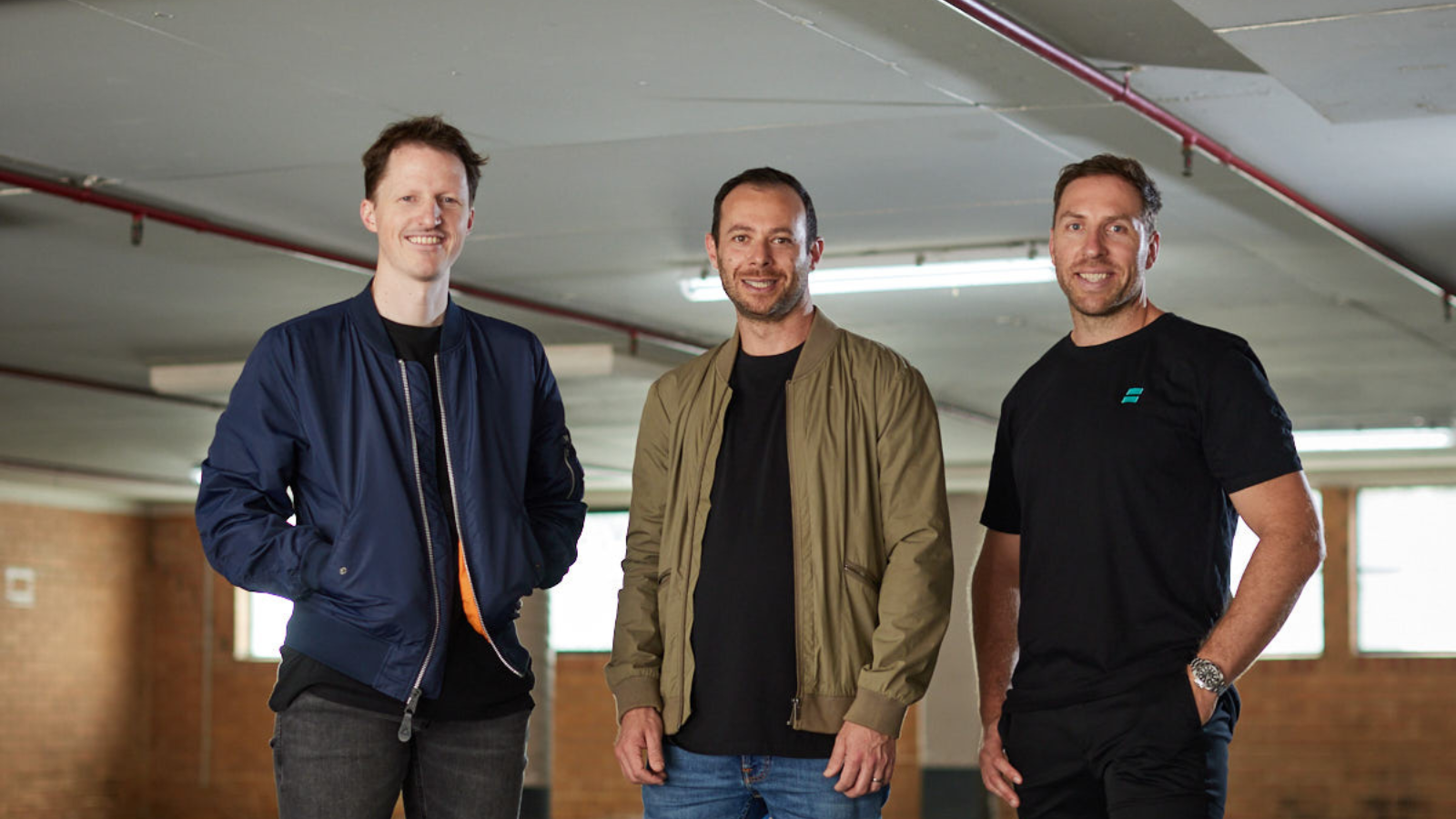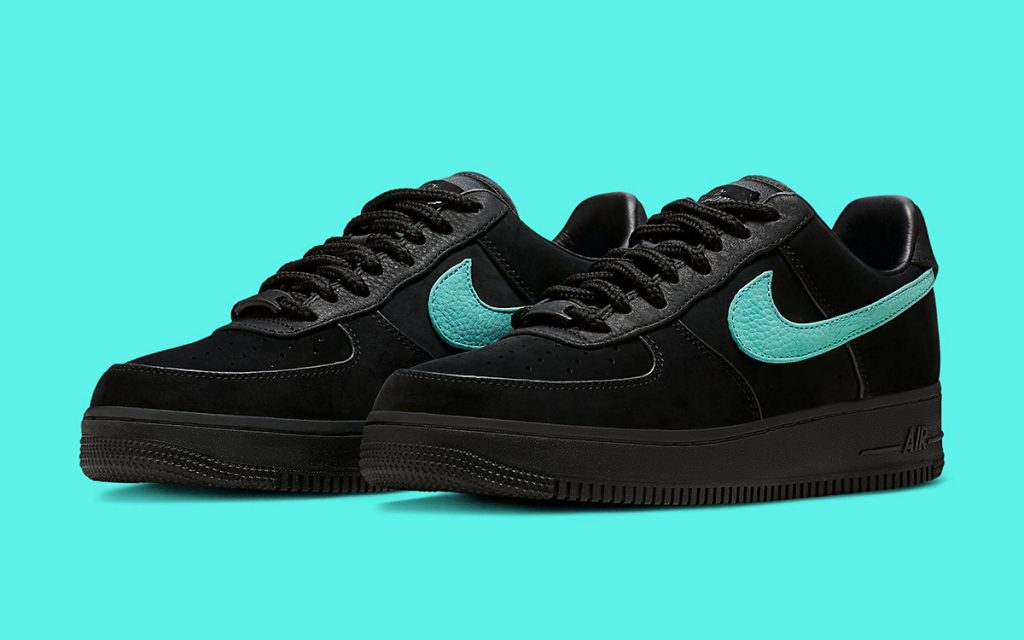Nike this week added New Balance and Skechers to the list of athletic wear companies it says has stolen the “game-changing” patented Flyknit technology that Nike claims it spent more than a decade developing in order to cut down on waste while making lightweight yet supportive running shoes.

Kristen Edmonds of Orlando Pride wears Nike Flyknit shoes on September 29, 2019.
Corbis via Getty Images
Key Facts
In two separate federal lawsuits filed in Massachusetts and California, respectively, Nike claims New Balance and Skechers are infringing on the company’s patents and producing shoes using Flyknit, a specific knitted fiber used to make the “upper” of shoes, or the part above the sole surrounding the foot.
Nike claims New Balance stole the technology for use in its Tekela, FuelCell, Fresh Foam and Furon lines, and that Skechers is using it to make its Slip-Ins, Ultra Flex and Glide Step shoes, among others.
Nike asserts it told New Balance it was illegally using patented materials and that the company “refused” to stop using Flyknit and claims New Balance “only escalated the scope of its infringing activities” — and Nike also claims this isn’t the first time Skehers has stolen its technology.
Nike has asked a judge to block the sales of New Balance and Skechers it says utilize the patented technology and is seeking an unspecified “award of damages.”
New Balance did not respond to Forbes’ request for comment Tuesday but said in a statement to CBS News that “Nike does not own the exclusive right to design and produce footwear by traditional manufacturing methods that have been used in the industry for decades.”
A representative for Skechers said the company does not comment on pending litigation.

Clockwise from top left: Vans LXVI Authentic Lite, Puma Aril, Nike Free Trainer 5.0, Cushe Getaway and a New Balance Fresh Foam Zante.
Future via Getty Images
Tangent
Nike has also sued Adidas, Puma and Lululemon for allegedly stealing the same technology. Adidas settled its series of patent disputes in 2022, as did Puma in 2020. Nike sued Lululemon earlier this year, claiming the textile knitting process used in making Lulu’s Chargefeel Mid, Chargefeel Low, Blissfeel and Strongfeel shoes was also stolen from Flyknit patents. That case is ongoing.
Key Background
New York University’s Center for Sustainable Business in 2016 used Nike’s Flyknit technology for a case study on sustainability. The study called Flyknit a “fundamental breakthrough in sustainable innovation” that met the athletic demands of a comfortable, high-performing sneaker while also reducing manufacturing waste. After more than 10 years and 200 prototypes, Nike developed its patented method to use one continuous woven thread to make a shoe instead of gluing and stitching multiple pieces of material together. By cutting down on wasted scraps and reducing the number of materials used, the company was able to save 3.5 million pounds of waste and cut its manufacturing waste by 80%, according to NYU.

Big Number
182 million. That’s how many plastic bottles New York University says have been diverted from landfills by Nike since they started using recycled polyester in Flyknit shoes.
Crucial Quote
“Nike’s Flyknit shoe is the most groundbreaking sneaker innovation in over 40 years,” NYU’s study said.
Forbes Valuation
Phil Knight, the co-founder of Nike, has a $43.1 billion estimated net worth. He retired as chairman of Nike in June 2016 after 52 years at the company. The founder and former CEO of Lululemon, Chip Wilson, is worth an estimated $6.1 billion and Jim Davis, chairman and owner of New Balance, is worth an estimated $5 billion.
Look back on the week that was with hand-picked articles from Australia and around the world. Sign up to the Forbes Australia newsletter here or become a member here.


